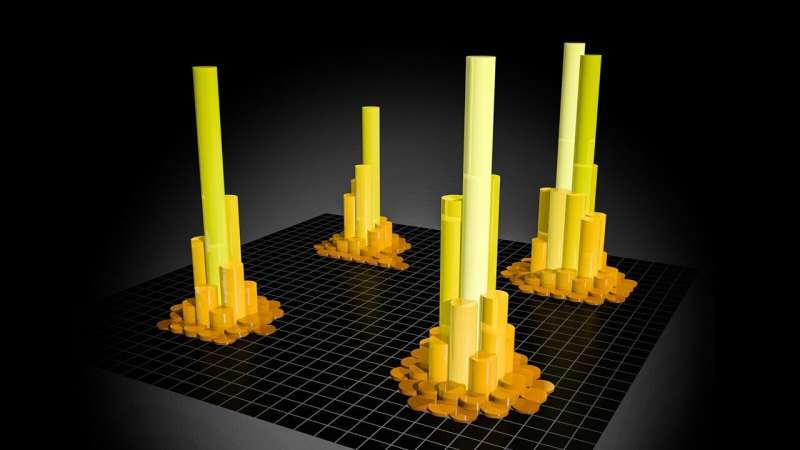AI requires biology: computers powered by human brain cells

Researchers from John Hopkins University and Dr. Johns Hopkins University believe the time has come to develop a new type of computer. It was Brett Kagan's responsibility to lead the development of DishBrain, a project in which human cells in a petri dish learned to play Pong. He is currently the chief scientist at Cortical Labs in Melbourne.
The team discusses how biological computers could perform some tasks better than electronic computers while using a small fraction of the electricity needed by today's computers and servers. Their findings appear in Frontiers in Science today (March 1).
To begin, they are growing small clusters of 50,000 brain cells from stem cells that are known as organoids. That is approximately one third the size of the brain of a fruit fly. A tortoise brain contains approximately 10 million neurons. They are aiming for 10 million neurons in their project. There are more than 80 billion neurons in the average human brain.
It is highlighted in the article that the human brain continues to outperform machines in certain tasks. For example, humans can differentiate between two objects using just a few samples, whereas AI algorithms require many thousands of samples. In 2016, AI defeated the world champion in Go based on the results of 160,000 games. This equates to playing for more than 175 years, five hours a day.
Additionally, the brain consumes less energy than other types of devices. We believe that our brains can store more than a million times as much information as an average home computer (2.5 petabytes) with just a few watts of power. In contrast, US data farms consume more than 15,000 megawatts annually, much of which is generated by dozens of coal-fired power plants.
As outlined in the paper, the authors propose the development of "organoid intelligence," or OI, utilizing brain organoids grown in cell culture. In spite of the fact that brain organoids are not "mini brains," they share certain aspects of brain function and structure. An increase in the number of organoids would need a huge increase in the number of cells from the current 50,000. Professor Thomas Hartung of Johns Hopkins University in Baltimore, said that we would need to increase this number to 10 million in order to achieve OI.
Biocomputers based on human brain cells have already been demonstrated by Brett and his colleagues at Cortical Labs. A flat culture of brain cells was able to learn how to play the video game Pong [journal Neuron]
In the case of the relatively simple Pong-playing DishBrain, we have demonstrated that we can interact with living biological neurons in a way that induces them to modify their activity, resulting in something that resembles intelligence. In collaboration with Professor Hartung and his team of amazing individuals, Cortical Labs is now attempting to replicate that research using brain organoids."
According to Thomas, replicating [Cortical Labs'] experiment with organoids already satisfies the basic definition of OI.
The next step is to create the community, the tools, and the technologies that will allow OI to realize its full potential.
According to Brett, "this new field of biocomputing promises unprecedented improvements in computing speed, processing power, data efficiency, and storage capabilities-all while utilizing less energy." A particularly exciting aspect of this collaboration is the open and collaborative nature in which it was established." In addition to optimizing for success, bringing together these different experts is an important touch point for industry collaboration."
In addition to improving the ability of scientists to study brain organoids, this technology may also enable scientists to conduct tests to investigate how genetic factors, medicines, and toxins influence neural disorders, such as Alzheimer's disease, which are derived from skin or small blood samples.
Src: Science in Public



Comments ()